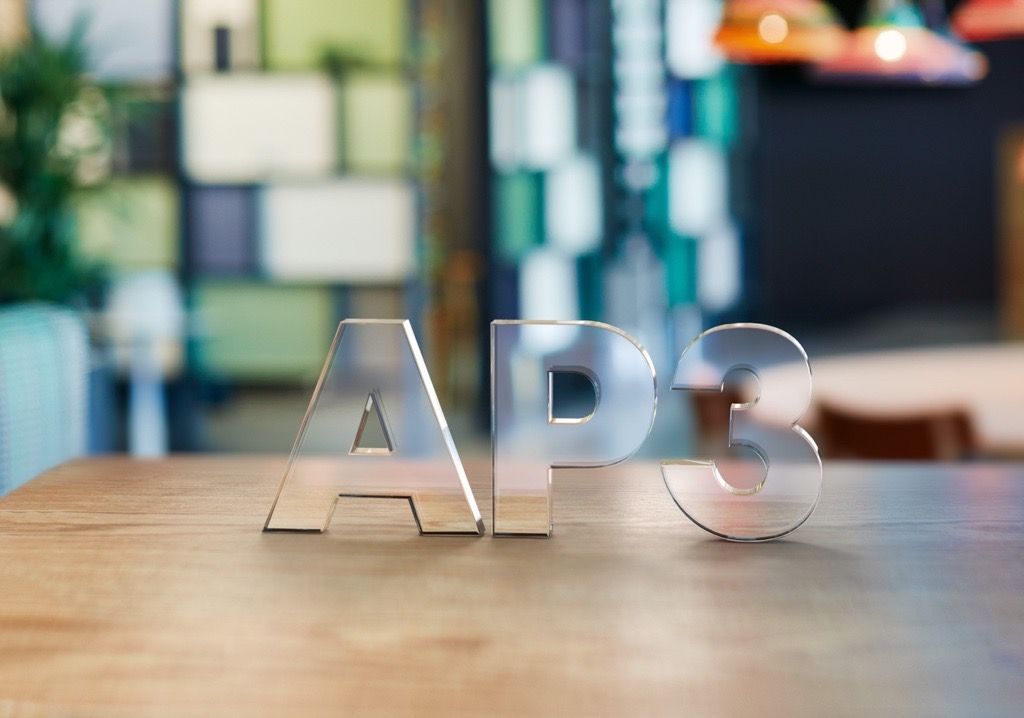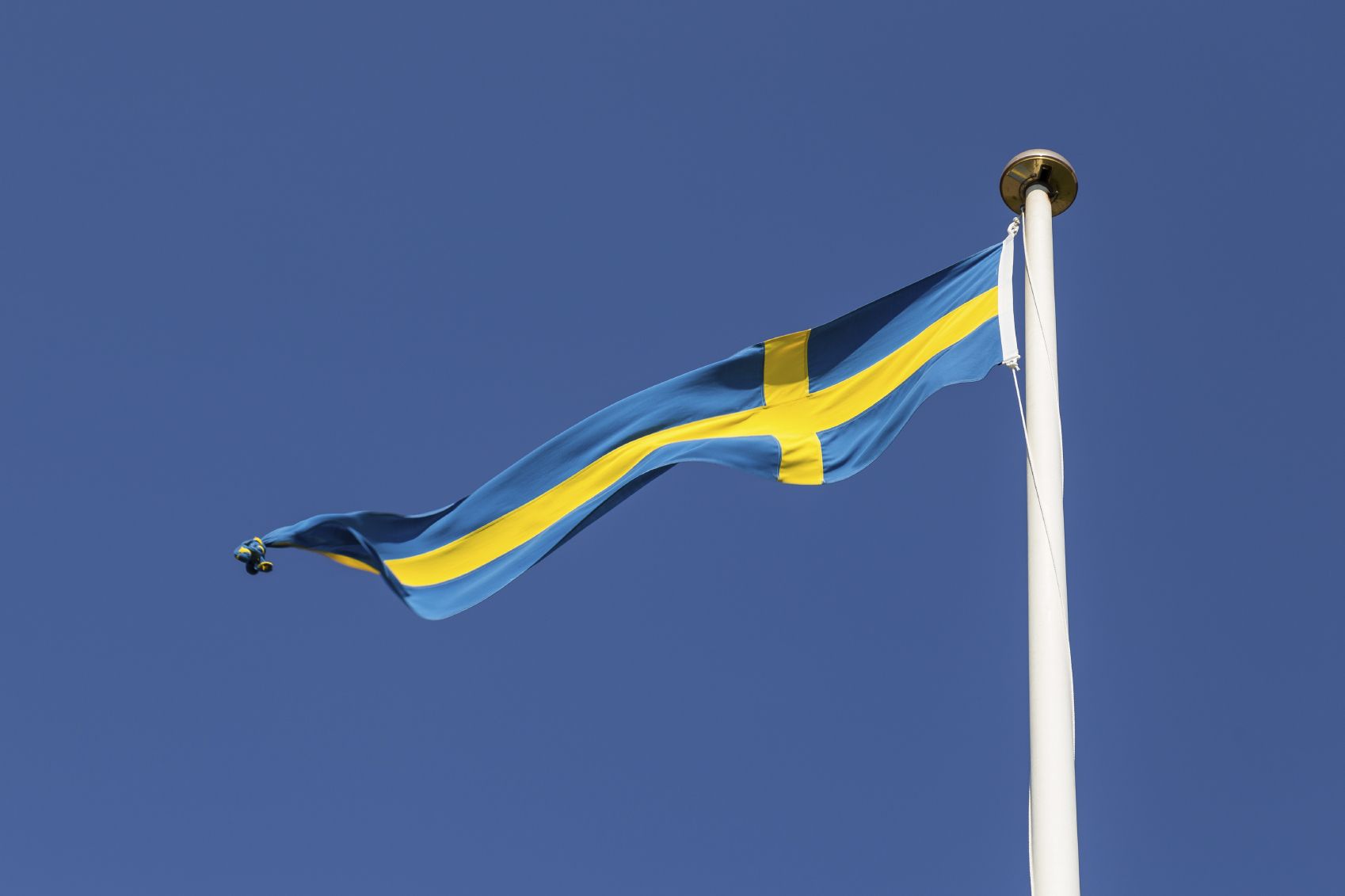Cost effective asset management
Responsible management that delivers high-cost effectiveness and stability over time is key for AP3. Cost efficiency is always in the spotlight and the Fund carefully monitors expenditures in multiple ways.

Low costs and resource-efficient management
AP3s strives for resource-efficient management where costs are low in relation to average fund capital. Naturally, there is a certain increase in costs over the years as a result of the capital the fund manages growing and as a result of inflation. Therefore, it is important to also measure the costs in relation to the size of the assets under management, the so-called management cost share. At the same time, it facilitates comparison with other funds. It is important to consider the costs in light of the returns they generate.
Lower costs than international peers
As part of efforts to ensure that AP3’s asset management is cost-effective by international standards, since 2005 AP3 has participated in an annual survey performed by Canadian consultancy CEM Benchmarking. A large number of funds from all over the world participate in the survey, which benchmarks AP3 against funds of a similar size and profile, as well as against European funds.
Asset management and commision expenses
An annual budget provides oversight and control of asset management costs. Asset management costs comprise operating expenses, which are the Fund’s internal costs, and commission expenses, which are the costs of external management and for managing securities and collateral. Analysing any deviations that arise between budget and actual outcomes provides valuable information that is used to guide management of the Fund.
Changes from year to year are a source of insight for management and the board of directors on the Fund’s cost base.
Breakdown of expenses
Operating expenses
Operating expenses arise from asset management, administration and operational management and are divided into staff costs and other administrative expenses. Staff costs include employee salaries, social insurance fees, pension contributions, along with other expenses such as training and recruitment of personnel.
Other administrative expenses consist of costs for office space, IT and market data services
Commission expenses totalled SEK 76 million (119) and relate to costs directly attributable to the external management of fund capital. They are recognised separately in income. In 2023 they stood at 0.02% (0.02) of fund capital. AP3 uses external management when it is more cost-effective than internal management or when, for various reasons, internal management is difficult. External management fees are charged as a percentage of each portfolio’s value, meaning that they are directly related to the size of the underlying capital. At year-end, 22.2% (22.3) of fund capital was externally managed. Commission expenses also include custody account bank fees and charges for managing collateral, which together amounted to SEK 16 million (15). These are costs for managing and maintaining custody of the Fund’s securities, derivatives and associated collateral.
Other costs, fees and remuneration
Transaction costs relate to purchases and sales of securities and are the difference between the buying and selling rates. These types of costs are recognised as part of an asset’s cost or as a deduction from sales income. Equity trading also results in brokerage fees. Transaction costs have an impact on the net results of all asset classes.
See Note 5 in the annual report for further information on performance-based remuneration. Tax costs that the Fund is entitled to reclaim under double taxation treaties are recognised in the balance sheet as a claim and hence have no effect on income.


